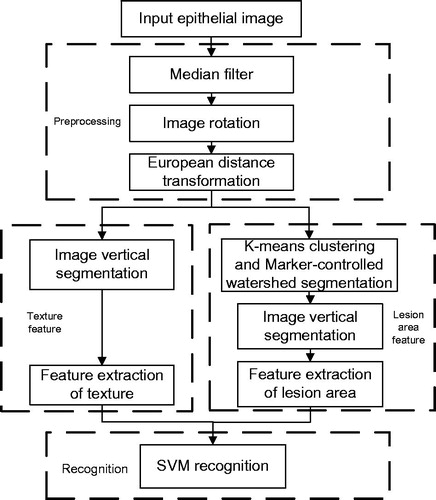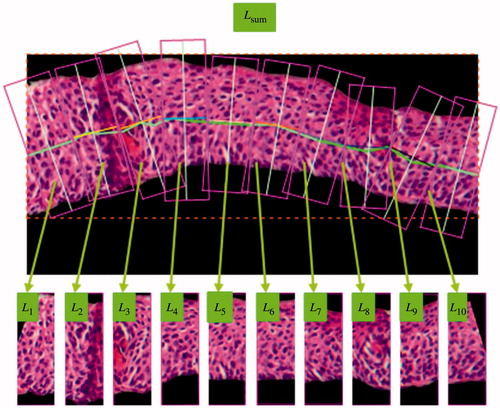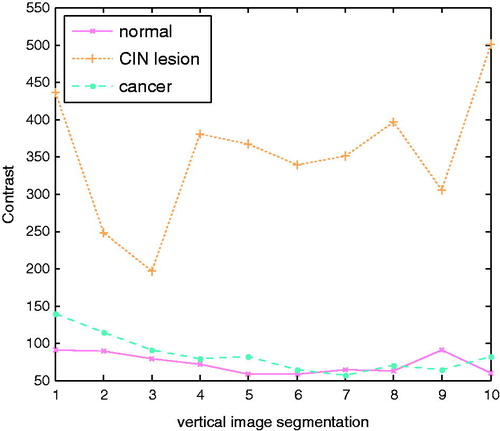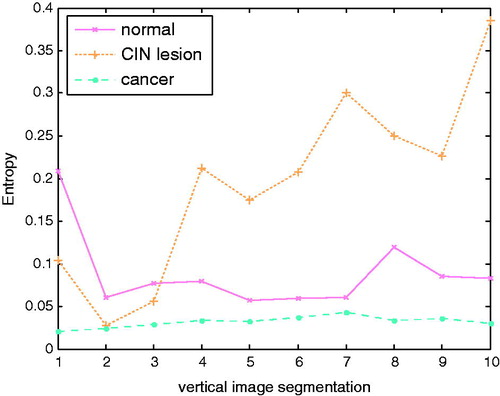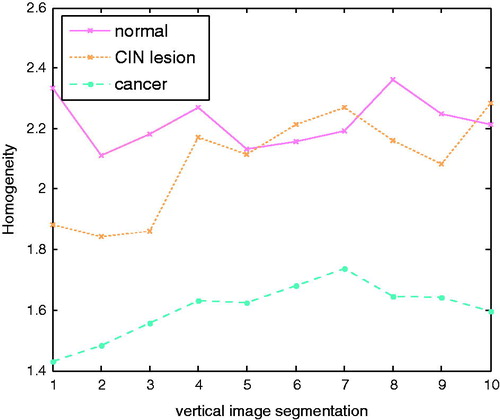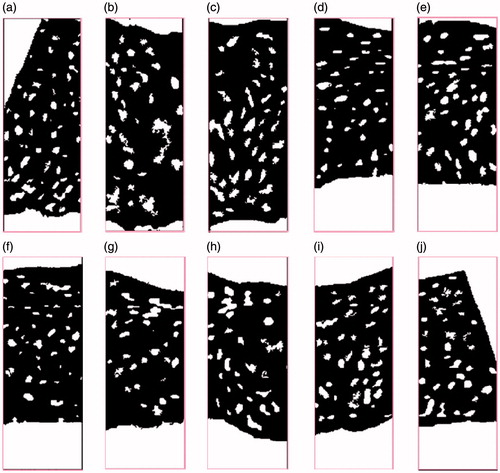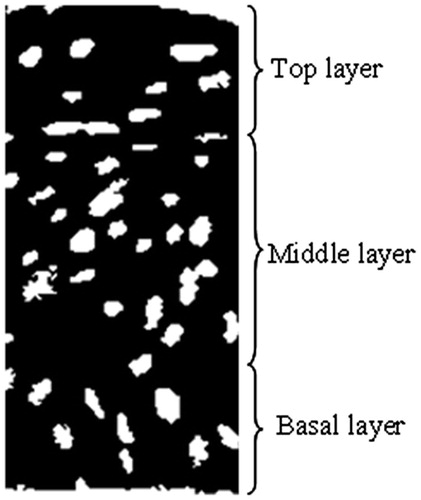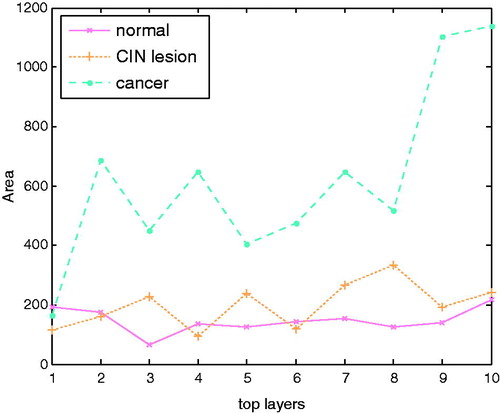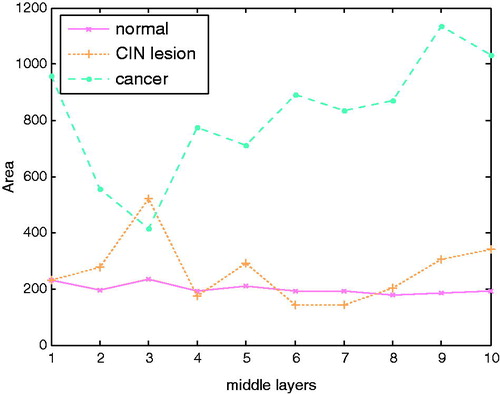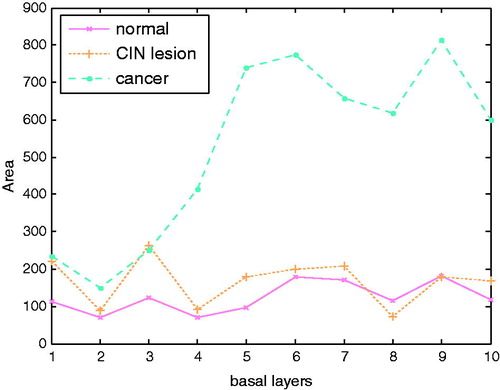Figures & data
Figure 4. Euclidean distances transform. (a) The binary image IcB, (b) Distance transform image IcE.

Figure 5. The four types of points. (a) Regular point, (b) Branching point, (c) Boundary point, (d) Arc point.
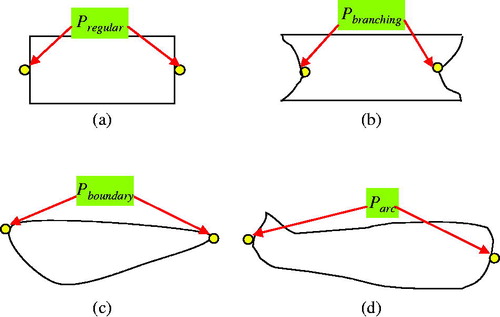
Figure 6. Create medial axis. (a) The highest intensity pixel, (b) line transform based on step 2 and step 3.
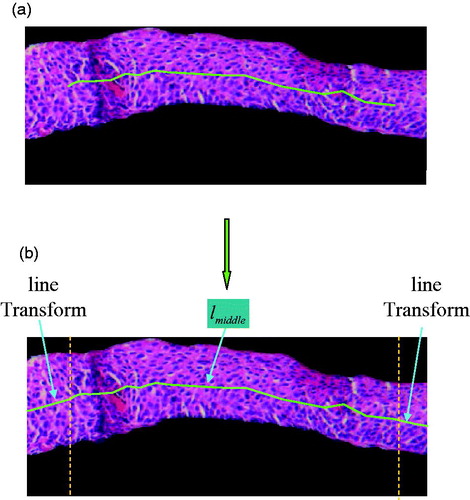
Figure 13. Marker-controlled watershed results with different thresholds. (a) T=15, (b) T=30, (c) T=45, (d) T=80.
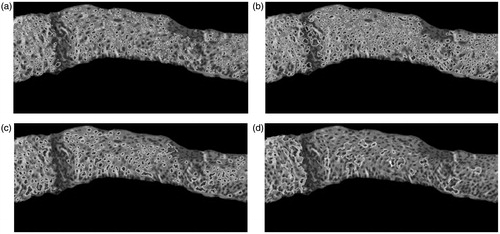
Figure 15. Morphological operation on the tissue. (a) Image with preliminary nuclei tissue, (b) Image with holes filling.
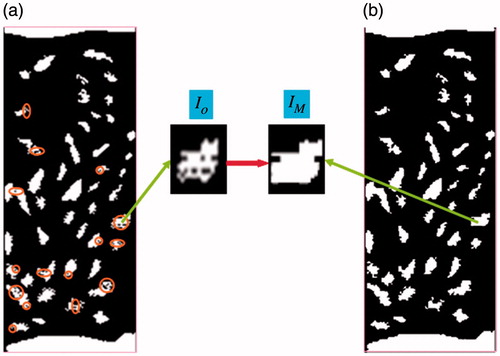
Table 1. The result of normal layers areas.
Table 2. The result of CIN lesion layers areas.
Table 3. The result of cancer layers areas.
Table 4. The recognition result of cervical cancer.
Table 5. The result of different methods.

